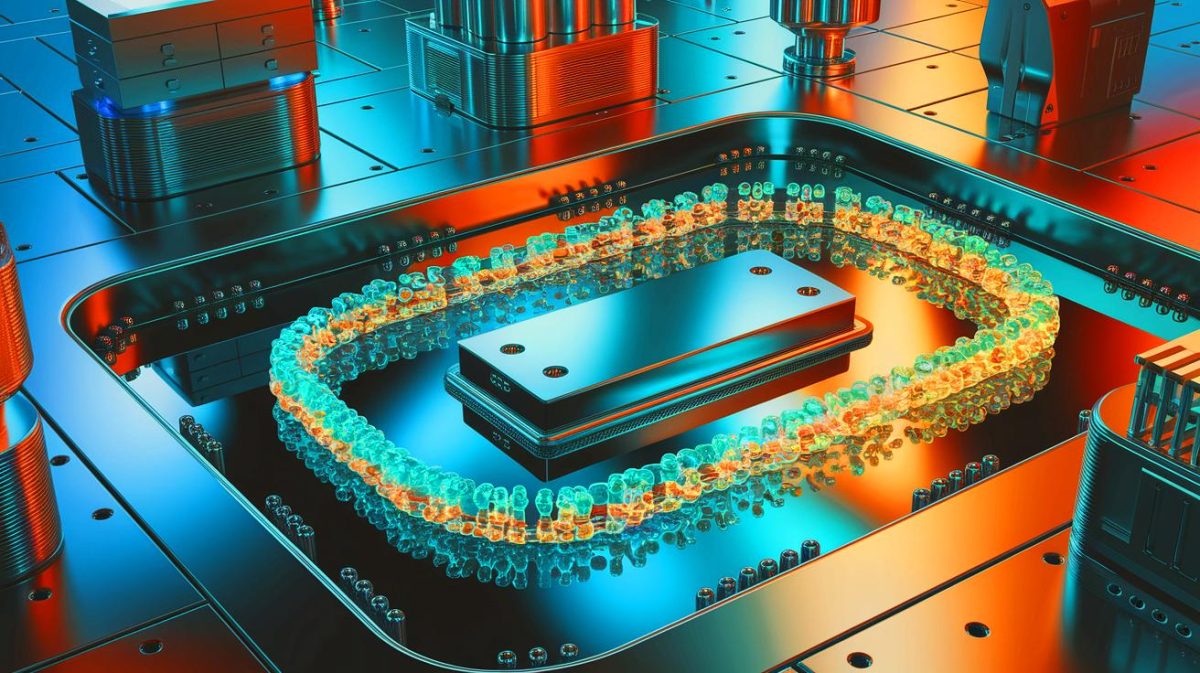| IN A NUTSHELL |
|
In the intricate world of science, researchers constantly strive to unravel the mysteries of phenomena that remain hidden from the naked eye. One such elusive phenomenon is the electrical double layer (EDL), a critical component in numerous fields including energy storage, biology, and chemistry. Recently, a team of innovative scientists has pioneered an optical method that employs light to capture and study these elusive layers, offering new insights that could revolutionize multiple technological domains. This breakthrough holds the potential to enhance the efficiency of batteries, capacitors, and biomedical devices, pushing the boundaries of what is currently possible.
Revolutionizing EDL Studies with Light
The formation of the electrical double layer begins when a negatively charged surface, such as that of a metal electrode, interacts with a liquid. This interaction causes positively charged ions from the liquid to accumulate, forming a tightly packed layer adjacent to the surface. However, this initial build-up creates a charge imbalance, leading to the formation of a second layer of negatively charged ions just behind the first, effectively neutralizing the system.
Conventionally, capturing these rapid processes has been challenging due to the limitations of existing electronic measurement tools. To overcome this, researchers have developed a unique light-based approach. By adding acid to water, they enhanced the concentration of positively charged ions, which naturally migrate to the surface, forming an EDL. Utilizing an intense infrared laser pulse, the team heated the surface, temporarily displacing the ions. Subsequent laser pulses allowed for the measurement of reflected light, enabling the scientists to track ion dynamics in real-time and gain unprecedented understanding of EDL formation.
Challenges and Opportunities Ahead
While the optical method marks a significant leap forward, it is not without its challenges. The experiments were conducted under controlled laboratory conditions, and the current methodology is limited to specific ion types and concentrations. Despite these constraints, the implications of this research are vast. A profound understanding of EDL processes is essential for advancing technologies in electrochemical capacitors, transistors, and bioelectric devices. The potential to enhance performance in sectors ranging from energy storage to medical technology is immense.
Looking ahead, future studies aim to refine this method, broadening its application to more complex systems and environments. By pushing the boundaries of EDL research, scientists hope to unlock new capabilities in technology and innovation, allowing for smarter, more efficient solutions in various industries.
Validating Breakthroughs with Simulations
To ensure the reliability of their findings, the research team employed computer simulations that confirmed the role of electric fields in driving EDL formation, even at high ion concentrations. These simulations not only validated the experimental results but also provided deeper insights into the underlying mechanisms of EDL dynamics. Such rigorous validation is crucial for establishing the credibility and applicability of the research in real-world scenarios.
By integrating experimental and computational methods, scientists are paving the way for a comprehensive understanding of EDLs. This holistic approach not only strengthens the findings but also opens new avenues for future research, aiming to harness the full potential of EDLs in practical applications.
Implications for Future Technologies
The implications of this breakthrough are far-reaching, promising significant advancements in several technological fields. A deeper understanding of EDL formation processes can lead to the development of faster-charging batteries and more efficient capacitors. Additionally, it can enhance the functionality of biomedical devices that rely on ion exchange, potentially transforming the landscape of medical technology.
This research, published in the prestigious journal Science, represents a pivotal step towards unlocking the mysteries of EDLs. As scientists continue to explore and refine this optical method, the potential for innovation and improvement in various technologies remains boundless. How will these insights into EDL dynamics reshape the future of technology and scientific exploration?
Did you like it? 4.6/5 (22)









Wow, this is truly groundbreaking! How long until we see this technology in commercial batteries? 🔋
I think it’s incredible how light can be used in such a complex way. Science never ceases to amaze me! 😊
Can someone explain what an electrical double layer is in simpler terms?
This sounds like it could be a game-changer for renewable energy storage. Can’t wait to see what comes next!
Interesting but how reliable are these simulations? Are they peer-reviewed?